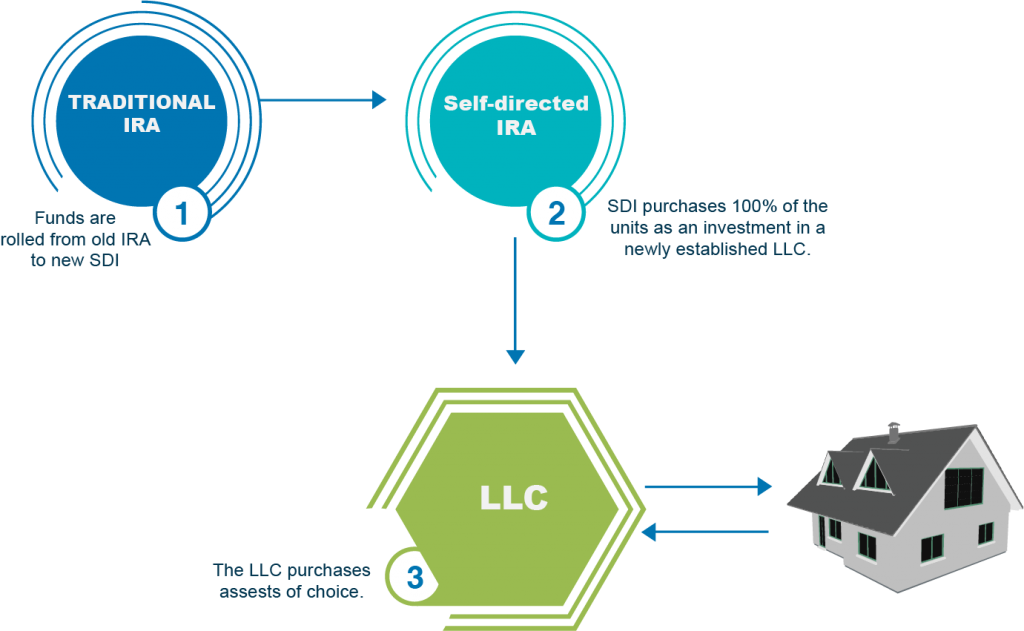Before we discuss some methods on getting in early in a company that is intent on going public, it will be wise to first do a quick ditty on the various methods of going public. Once you have a broad understanding of the various methods, you should then have a better idea as to where you fit on the value chain of finding opportunities to get in on pre-IPO investments. Be aware, scams for these types of pre-IPO opportunities abound and you're certainly unlikely to find high-profile opportunities with big names like Facebook unless your last name is Sachs and your first name is Goldman. That doesn't mean that there aren't great opportunities to experience great gains on acquiring low-basis stock in companies that are on the precipice of taking the public market leap.I'll be brief on some of the methods, as we've discussed them before at some length. A quick review is�certainly helpful.
- �Traditional IPO. This includes the whole entourage, including underwriting, road shows a beauty pageant, etc. This is of course the most expensive and often most time-intensive route.
- Reverse Mergers. The types of reverse mergers are vast. �A reverse merger can be done through defunct companies who've been cleaned for the purposes of a reverse merger or through manufactured vehicles like a SPAC or something similar. Reverse mergers with manufactured SPACs (Special Purpose Acquisition Companies) financed by PIPEs (Private Investments in Public Equity) are often referred to as Alternative Public Offerings or APOs.
- Direct Public Offering (DPO). It's cheaper, faster, but doesn't typically raise as much capital as a traditional IPO. It simply involves direct share registration and doesn't require a specific amount of capital is raised. An investment bank is helpful, but not necessarily needed unless the company is really looking to raise some money. Because a DPO removes the middle-man in selling securities a company can, once the shares are registered, sell stock to any retail investor. Here's a good summary.
There are other nuanced sub-methods of the above and ways to raise capital with each, but I'll forbear as it doesn't relate to finding investment opportunities. So, how does one get in early? Here are a few options, some feasible, some out of the question--mostly depending on your personal situation. You determine what might fit your needs and investment strategy.Know someone. In the market of pre-IPO shares, it's often about who you know.Have deep pockets. Private-to-public transactions are typically (at least in the traditional IPO sense) well funded by sources in private equity and/or venture capital.If the two options above aren't causing the alarm bells to go off, then you're likely among the 99.9% of individuals and institutions shut out from many of the best private-to-public deals.Troll the News. You can follow Google News, Twitter or StockTwits. Typically there are both short and long opportunities that abound, but you'll also likely get wind of legit reverse mergers or DPOs that may be coming down. Large amounts of risk are associated with making assumptions in this vein. There is always wind of the latest "potential" investment from one firm to another, but nothing is ever sure and there's no way of truly knowing if some whispering on Twitter will ever actually materialize.Get Involved with Reverse Mergers. The best way for smaller investors to have opportunities in the public offerings of companies is to know someone deeply involved in taking mid and micro-cap companies public, typically on the OTCBB or OTCQB. The earlier one can get involved, the better. That includes helping out as a shareholder in manufactured vehicles, including SPACs and other cleanly created shells for the purposes of finding a good reverse merger candidate. There are multiple areas to insert yourself into the process, but most involve investing in financial vehicles before they either get up and trading or have a target for reverse merger. In most cases, it doesn't take accredited investors due to the fact that consideration given for the stockStart a Company and Take it Public. The methods listed above aren't just for investors, but for bold entrepreneurs willing to take risks. Perhaps the best way to get in early is to start a business, grow it (and preferably get it profitable) and then take it public. There are a couple more benefits to this strategy, the biggest being that taking your own company public means you can own a greater share of the company's stock. If a good pop occurs, you reap much more benefit than the smaller equity position most smaller, non-founding �investors might receive.
Pre-IPO Investing with a Self-Directed IRA
The virtues of�pre-IPO investing�cannot be understated. Combining the opportunity of pre-IPO investing with a tax-advantaged account like a self-directed IRA is one of the secrets to great wealth. Not only are investors able to reap the rewards of immediate public stock value accretion, but they do so with the funds held in a tax-advantaged account, saving them on normal income and capital gains taxes. This is how�Mitt Romney was able to swell the value of his retirement account.�If every positive return investment you made avoided taxes, what would it be worth to you? That�s one of the major draws of a self-directed retirement account. Here we�ll discuss the self-directed IRA opportunity: what it is, what it means, how it works and how to use your retirement account to invest in reverse merger and pre-IPO deals.

What is a Self-Directed IRA?As the graphic above depicts, a self-directed IRA is a uniquely-structured individual retirement account that allows for more flexible and broad investment options than a typical custodian-driven IRA. With a self-directed IRA, the account is held under an entity one-step separated from the account owner, but the IRA account owner becomes manager of the LLC. This means the owner is not limited to investing in only the custodian-provided investments in a typical IRA. In most cases, a self-directed IRA is set up with what the industry refers to as �checkbook control� over the account.�The IRA owner can use his/her checkbook IRA to write checks directly from the IRA LLC into potentially more lucrative investments. It�s the IRA�s unique and completely legal structure that provides the investment account flexibility for investing in alternative assets.Such a unique structure can be set-up as a traditional or Roth and can be done from scratch or the funds can be pulled in from an IRA rollover scenario from a previous employer. If created from scratch, the IRA account holder will need to follow the rules of annual contribution limits set forth by the IRS.How to Invest with a Self-Directed IRAWith only a few minor�IRS rule limitations, the tax-advantaged IRA can be directed toward more lucrative investment opportunities including, but not limited to:
- Real estate, real estate liens and deeds and financial paper
- Private equity, private placements & crowdfunding
- Gold, silver and other precious metals
- Mineral rights
- Small business franchises
- Alternative investments and alternative funds
- Private loans and other financial paper backed by physical assets
- Reverse mergers, RTOs, APOs and pre-IPOs
For the latter opportunity, there are a number of ways in which a self-directed IRA investor could chose to invest in pre-IPO opportunity. If a company is performing a traditional IPO, it�s tough to get in to those deals. Unless you put up some seed capital with your IRA at the company�s inception�or through subsequent investment rounds�you�ll likely either need to know one of the founders or have some inside angle to get access to the stock�both of which are highly unlikely. In our case, we use micro-investors (sometimes within a self-directed IRA and sometimes without) through associated brokerage firms to assist in the�creation of public shells for reverse merger. There are a number of deal structures we use that differ slightly. Each can be implemented in a way that makes IRA investors comfortable�and confident.Avoiding Risks and ScamsI personally hold the investment monies in an IRA as sacred. As a tax advantaged account it is extremely important that investing using these funds be done with a similar solidarity as doctors who take the Hippocratic Oath:��First�do no harm� (Latin: Primum non nocere). That is, avoiding major downsides in a self-directed IRA is paramount. The stories of pre-IPO investing gone awry were perpetrated by con-artists preying on the ignorant. With a little bit of education and the proper structure, investors can be confident they�re IRA money is in the best place for maximizing returns.Avoiding scams in reverse takeover investing with a self-directed IRA is a bit more simple. Keep in mind, we�re not investment advisors and don�t tell where or how to invest, but the reverse merger and APO process has several areas where financing and share purchases take place that, if done correctly, can provide high, but very secure and risk-mitigating returns for investors. Except for rare cases, the�self-directed IRA holders funds are placed in a strict escrow account, ensuring that access to the funding is prohibited until�shares are liquid and investor exit�is ensured.Set-up Cost and TimingWe work with a number of direct partners for setting up tax-advantaged self-directed retirement accounts. We can typically get the accounts set up and activated for less than $2,500. The annual costs are typically between $100 and $300, depending on your IRA custodian. The annual costs can actually be much higher if you live in tax-terrible states like California. The timing for getting your self-directed account set-up is typically done in one to four weeks, depending on the timing of fund rollovers from previous custodial accounts.I like to put my money where I know it is protected and where risks are greatly mitigated. Investing an IRA in pre-IPO, APO or RTO opportunities�when done correctly�represent a viable investment alternative and extra method for boosting the value of your after tax retirement nest egg. Contact us to find out more.
Conclusion
The benefits of getting in early on a stock that is about to "pop" as they say are numerous. One of the biggest boons is the ability to ride the wave of public value accretion. When stocks of strong companies go public, regardless of the process, there is of quick and hopefully long-term capital appreciation that takes place. Some may claim the title of this post is misleading and that I'm advocating getting in early on something other than a traditional IPO. For most small-time investors, it's their only option. In addition, it's likely an argument in semantics on what defines an Initial Public Offering. Regardless of what you call it, opportunities are always available to reap the rewards that come when private companies go public.
.png)



.png.png)